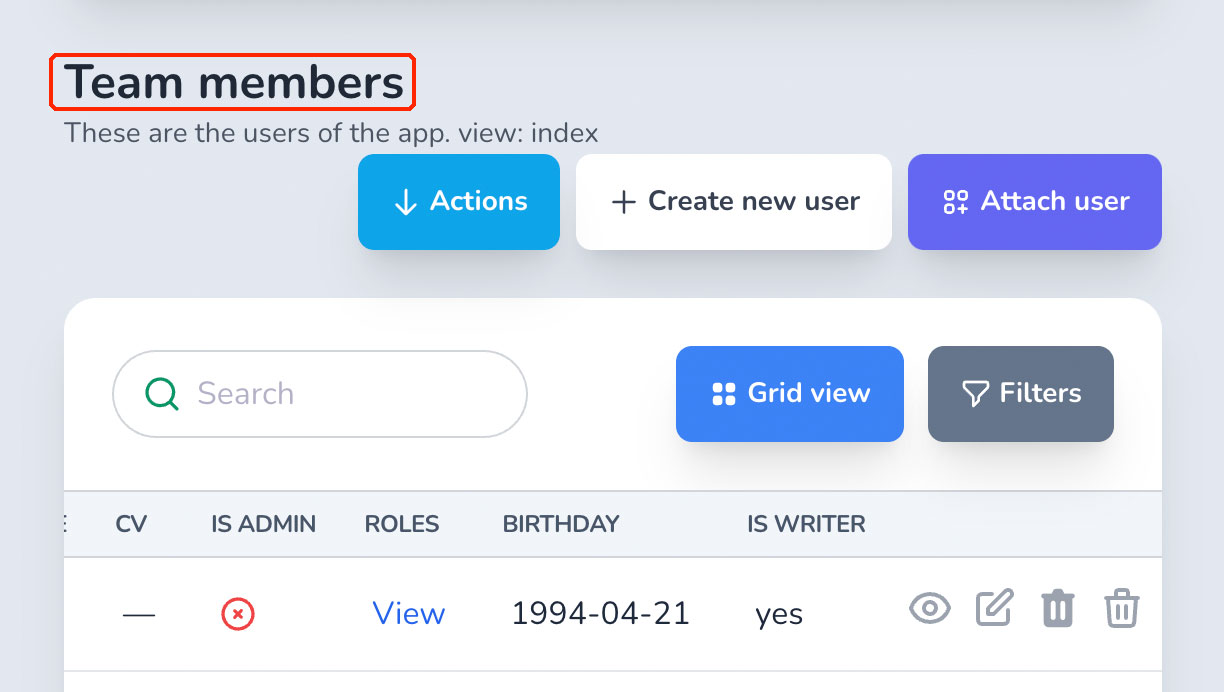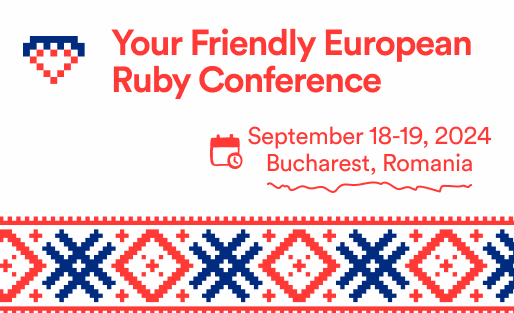Associations
One of the most amazing things about Ruby on Rails is how easy it is to create Active Record associations between models. We try to keep the same simple approach in Avo too.
WARNING
It's important to set the inverse_of as often as possible to your model's association attribute.
Single Table Inheritance (STI)
When you have models that share behavior and fields with STI, Rails will cast the model as the final class no matter how you query it.
# app/models/user.rb
class User < ApplicationRecord
end
# app/models/super_user.rb
class SuperUser < User
end
# User.all.map(&:class) => [User, SuperUser]For example, when you have two models, User and SuperUser with STI, when you call User.all, Rails will return an instance of User and an instance of SuperUser. That confuses Avo in producing the proper resource of User. That's why when you deal with STI, the final resource Avo::Resources::SuperUser should receive the underlying model_class so Avo knows which model it represents.
# app/avo/resources/super_user.rb
class Avo::Resources::SuperUser < Avo::BaseResource
self.title = :name
self.includes = []
self.model_class = "SuperUser"
def fields
field :id, as: :id
field :name, as: :text
end
endLink to child resource when using STI
Let's take another example. We have a Person model and Sibling and Spouse models that inherit from it.
You may want to use the Avo::Resources::Person to list all the records, but when your user clicks on a person, you want to use the inherited resources (Avo::Resources::Sibiling and Avo::Resources::Spouse) to display the details. The reason is that you may want to display different fields or resource tools for each resource type.
There are two ways you can use this:
self.link_to_child_resource = trueDeclare this option on the parent resource. When a user is on theIndexview of your theAvo::Resources::Personand clicks on the view button of aPersonthey will be redirected to aChildorSpouseresource instead of aPersonresource.field :peoples, as: :has_many, link_to_child_resource: falseUse it on ahas_manyfield. On theAvo::Resources::Personyou may want to show all the related people on theShowpage, but when someone click on a record, they are redirected to the inheritedChildorSpouseresource.
Add custom labels to the associations' pages
You might want to change the name that appears on the association page. For example, if you're displaying a team_members association, your users will default see Team members as the title, but you'd like to show them Members.
You can customize that using fields localization.

 Friendly.rb - Your friendly European Ruby Conference
Friendly.rb - Your friendly European Ruby Conference